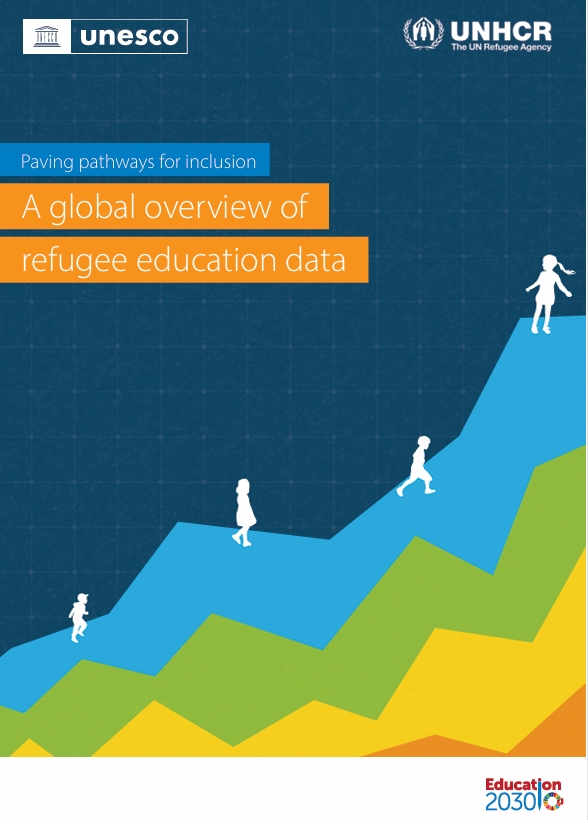Background:Driven by a shared commitment to identifying both promising practices and systemic barriers that
impact personalized learning efforts across the nation, CCSSO, New Profit and America Forward
co-convened a personalized learning equity work group in 2016 inclusive of seven states and a
number of content experts. The task was clear: state chiefs (commissioners, superintendents, and/
or secretaries of education) and other SEA leaders wanted accessible research to inform their
work in state policy and practice for personalized learning, with the ultimate goal of producing
a research document that could identify bright spots in practice and policy to support equitable
access for personalized learning. Our research team set out to synthesize the existing peer reviewed research on personalized learning as it relates to the following five groups of historically
underserved students: students of color, students living in poverty, students who have experienced
trauma, English learners (ELs), and students with disabilities (SWDs). This literature review has a
complimentary resource comprised of interviews with leading voices from the field, which, when
taken together, illustrate a powerful story about how we can leverage promising work in the
personalized learning field to support our historically underserved and disenfranchised students.
Our hope is that this document accelerates conversations about both the promise of personalized
learning, and the conditions and considerations necessary to ensure that personalized learning
efforts disrupt deep inequities in education rather than promulgating existing trends. Driven by the
promise of this vision and the hard work of educators, policy makers, and partners working towards
this aim, we are committed to continuing and deepening the conversation.
Literature Review: Equity for Personalized Learning
Personalized learning environments are designed to give students greater ownership of their
learning and aim to tailor instruction according to individual learner readiness, strengths, needs,
and interests. Components of personalized learning environments may encompass learnerdriven content and pace of instruction, project-based learning, individualized learning plans,
competency-based progression, blended learning, performance-based assessments, and
student portfolios of work.
As personalized learning continues to gain traction across the country, there is a growing concern
that it may not be meeting the needs of students from historically underserved groups, including
students of color, students living in poverty, English Learners, Students with Disabilities (SWDs)
and students who have experienced trauma. Although personalized learning has the unique
opportunity to reduce or eliminate educational inequity, there is also an opportunity for it to
inadvertently increase educational inequity by making it easier for schools to justify the stymied
progression of certain students through academic material or by failing to design curricula tailored
to the specific needs of historically underserved students. Equitable education policy must
provide students with the flexibility to pursue and align their personal strengths and interests
Connect with us :






